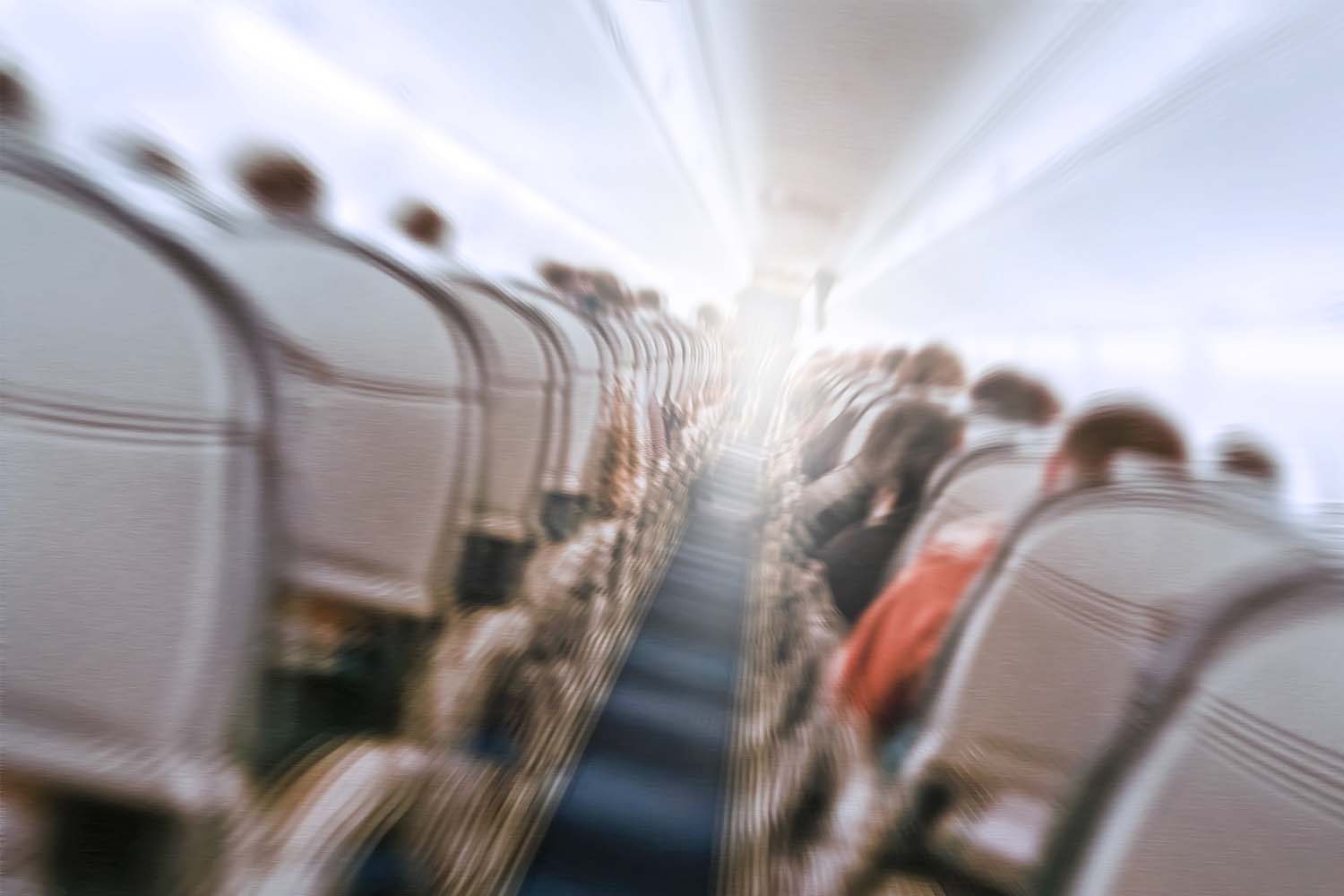Back in December, an extreme bout of turbulence made national news after leaving 36 Hawaiian Airlines passengers and crew members injured, 11 of them seriously so. Roughly four months later, it made headlines for a second time after said passengers announced their intent to sue the carrier for pilots failure “to heed warnings of bad weather in the area that the turbulence struck.” Thing is, it might be climate change that’s to blame.
The pilots allege that “the flight conditions were smooth,” and “there was no indication of severe weather on the weather radar in the moments before the turbulence struck.” They didn’t deviate from the flight path or warn passengers of turbulence because there was no indication that there would be any.
Whether or not that’s what actually happened has yet to be seen, but before you call bullshit, you should know it’s not an altogether uncommon phenomenon. In fact, it’s actually increasing in frequency.
Clear-air turbulence is defined as “erratic air currents that occur in cloudless air,” and detection is difficult. According to a new report from Afar, climate change is directly impacting the atmospheric conditions that contribute to turbulence, which in turn is causing more frequent (and more severe) turbulence. And, more specifically, clear-air turbulence.
The Best Ways to Cope With Turbulence Anxiety, According to Flight Attendants
A bumpy ride is routine, but your stress doesn’t have to be“[It’s] quite a dangerous type of turbulence to encounter because you can’t actually see it through onboard radar equipment,” Isabel Smith, a meteorologist currently completing a Ph.D. with a focus on clear-air turbulence over the North Atlantic region, told Afar. “[T]he main problem with it is it comes out of the blue, it can be quite sudden, and passengers, pilots and crew don’t have enough time to prepare.”
The increase can be chalked up to the effect that changing (read: rapidly warming) temperatures are having on jet streams. One report, published in March, found that, while winter used to be the turbulent season, summer and fall will see the largest increase. Another study concluded that “severe clear-air turbulence would increase the most — by 149% — if atmospheric carbon dioxide concentrations were to double.” In other words: all signs do point to climate intensifying turbulence.
That said, if there is any good news to be gleaned here, it’s that turbulence is very seldom deadly. There hasn’t been a fatal U.S. airline crash due to turbulence since 2009 and billions of passengers have flown in the years since. Though moving forward, it may require a little more vigilance from passengers or, at the very least, commitment to the seatbelt.
Thanks for reading InsideHook. Sign up for our daily newsletter and be in the know.
